Odile Decq wins Jane Drew prize for women in architecture
French architect Odile Decq has been named as the recipient of the Jane Drew prize for raising the profile of women within architecture, as a survey finds large numbers of female architects reporting sexual discrimination or harassment.
Decq, 60, will receive the Jane Drew prize as part of the Women in Architecture awards (WIA), an annual programme that seeks to recognise the contribution of female architects.
The awards are supported by the Architectural Review magazine (AR) in the UK, which has also published the results of the WIA's fifth annual survey of women in the profession. The report found that one in five women would not encourage another woman to start a career in architecture.
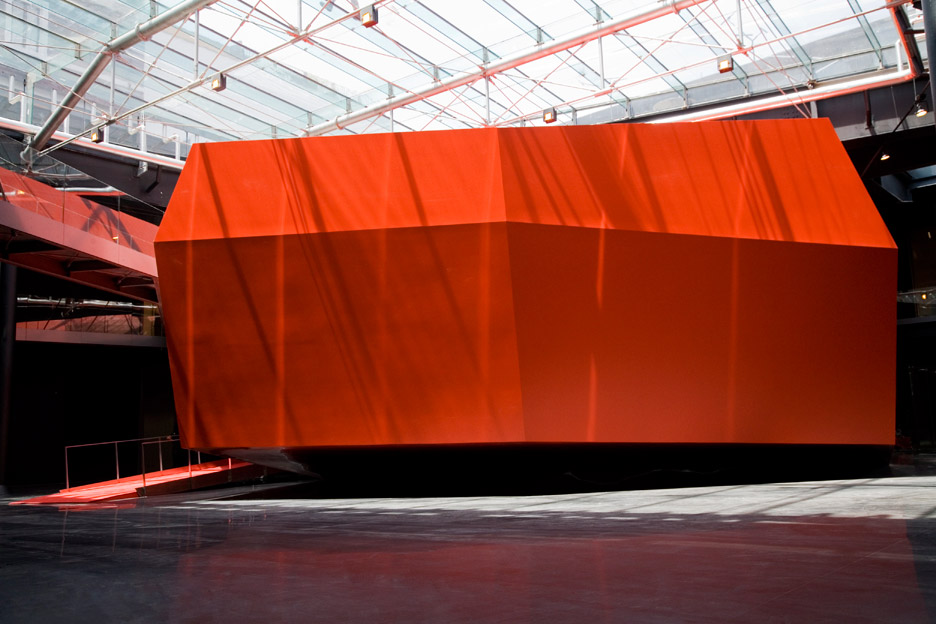
Of the 1,152 women surveyed worldwide, 72 per cent said they has experienced sexual discrimination, harassment or bullying within architecture – up from 60 per cent in 2015 – and 12 per cent said that they experienced discrimination monthly or more often.
Over 80 per cent of the female respondents also felt that having a child was a significant disadvantage for a woman pursuing a career in architecture.
Decq, who attracted international attention during the 1990s with projects including the Banque Populaire de l'Ouest in Rennes, told the AR that she was "still at war".
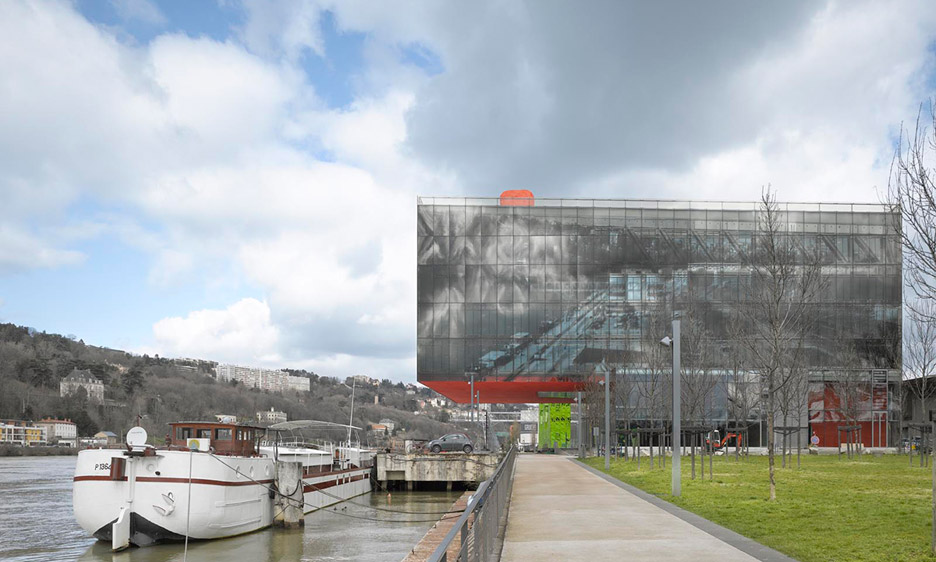
"There's so much to fight for," said Decq, who was described as "a creative powerhouse, spirited breaker of rules and a vocal advocate of equality" by the WIA jury.
Decq is known for her use of bold colours – particularly black and red – and her strong views on education and equality. She launched her own studio in Paris in 1978, and was awarded a Golden Lion at the Venice Biennale in 1996.
Among her other significant projects are the 2010 glass-covered extension to the Museo d'Arte Contemporanei di Roma, which features an auditorium enclosed by a bright red-lacquered shell, and the Frac Bretagne in Rennes.
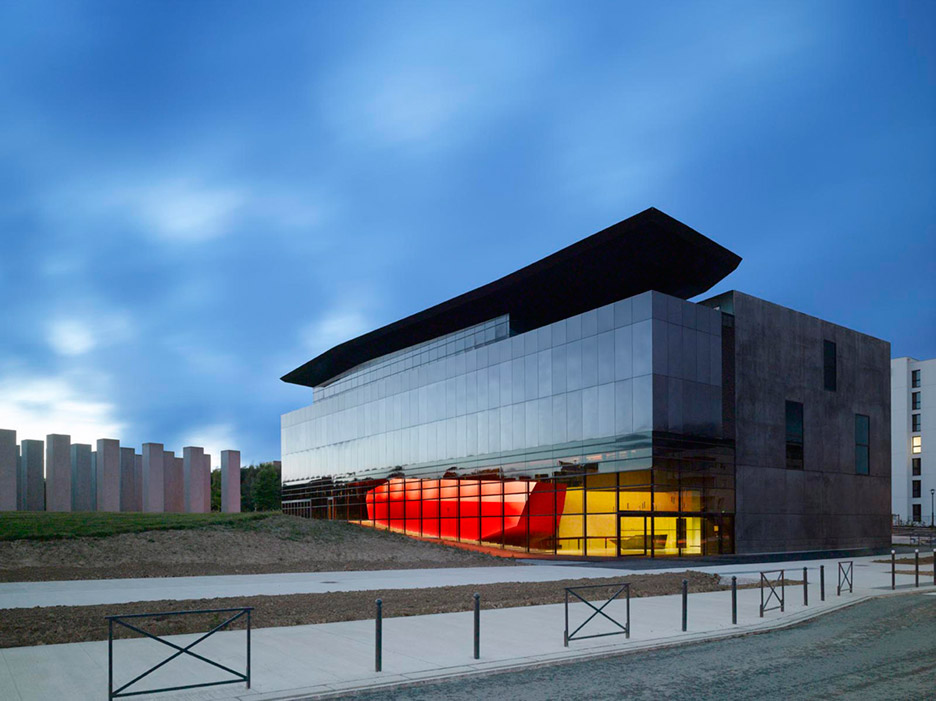
She has also recently completed work on the Fangshan Tangshan National Geopark Museum in Nanjing, China, and the five year renovation of the 1970s Maison Bernard, also known as the Bubble House – an iconic red bubble-like building designed by Hungarian architect Antti Lovag and built in the south of France.
Decq was dean of Paris' École Spéciale d'Architecture (ESA) from 2007 until 2012, and taught at the school for 20 years. She launched her own architecture school in Lyon in 2014 – called the Confluence Institute for Innovation and Creative Strategies in Architecture – after becoming frustrated with the lack of freedom to reform the way the subject was being taught.
"Today many people think of architecture only as a discipline that produces shiny, spectacular objects," she told UnCube magazine in an interview that year.
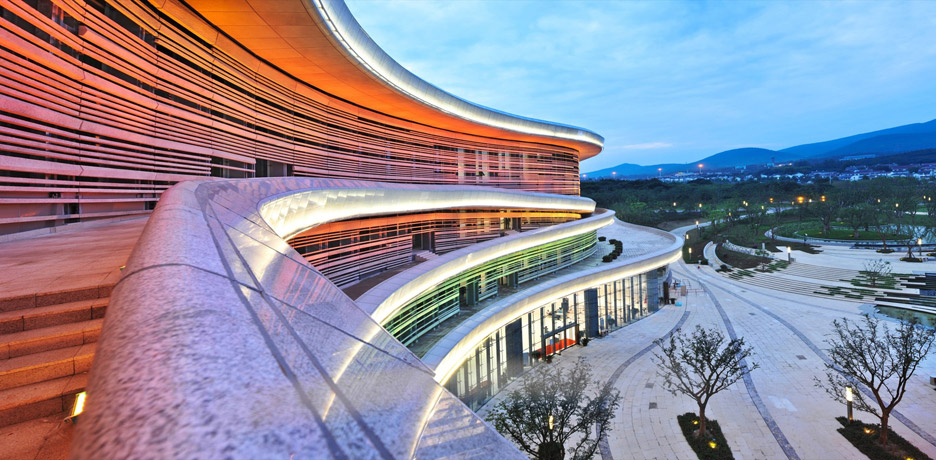
"Architecture is a discipline that requires a deep cultural, sociological, economical, political and ethical understanding of the world. This is what students need to learn because, when we are in a state of crisis like we are today, we have to rethink the world."
Departing Serpentine Galleries director Julia Peyton-Jones was also named as the recipient of the WIA's Ada Louise Huxtable Prize for individuals working in the wider architectural industry. Peyton-Jones instigated the Serpentine's influential annual pavilion commission, giving international architects their first chance to build in the UK, which she has overseen for 16 years.
She recently shared memories of each of the pavilions in an exclusive series of video interviews for Dezeen.

The awards will be presented at a lunch at Claridge's hotel in London this Friday.
Previous winners of the annual Jane Drew prize have included Zaha Hadid, Eva Jiricna, and Grafton Architects' founders Yvonne Farrell and Shelley McNamara.
Last year Hadid was named as the first woman architect to win the Royal Institute of British Architects' Royal Gold Medal in her own right.
"We now see more established female architects all the time. That doesn't mean it's easy," Hadid said.
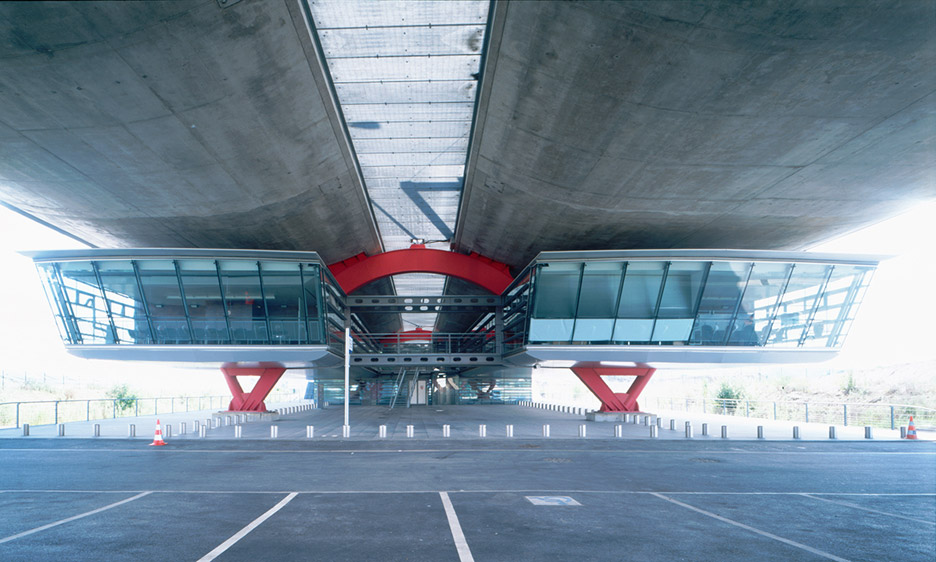
"Sometimes the challenges are immense," she continued. "There has been tremendous change over recent years and we will continue this progress."
Photography is courtesy of Odile Decq, unless otherwise stated.